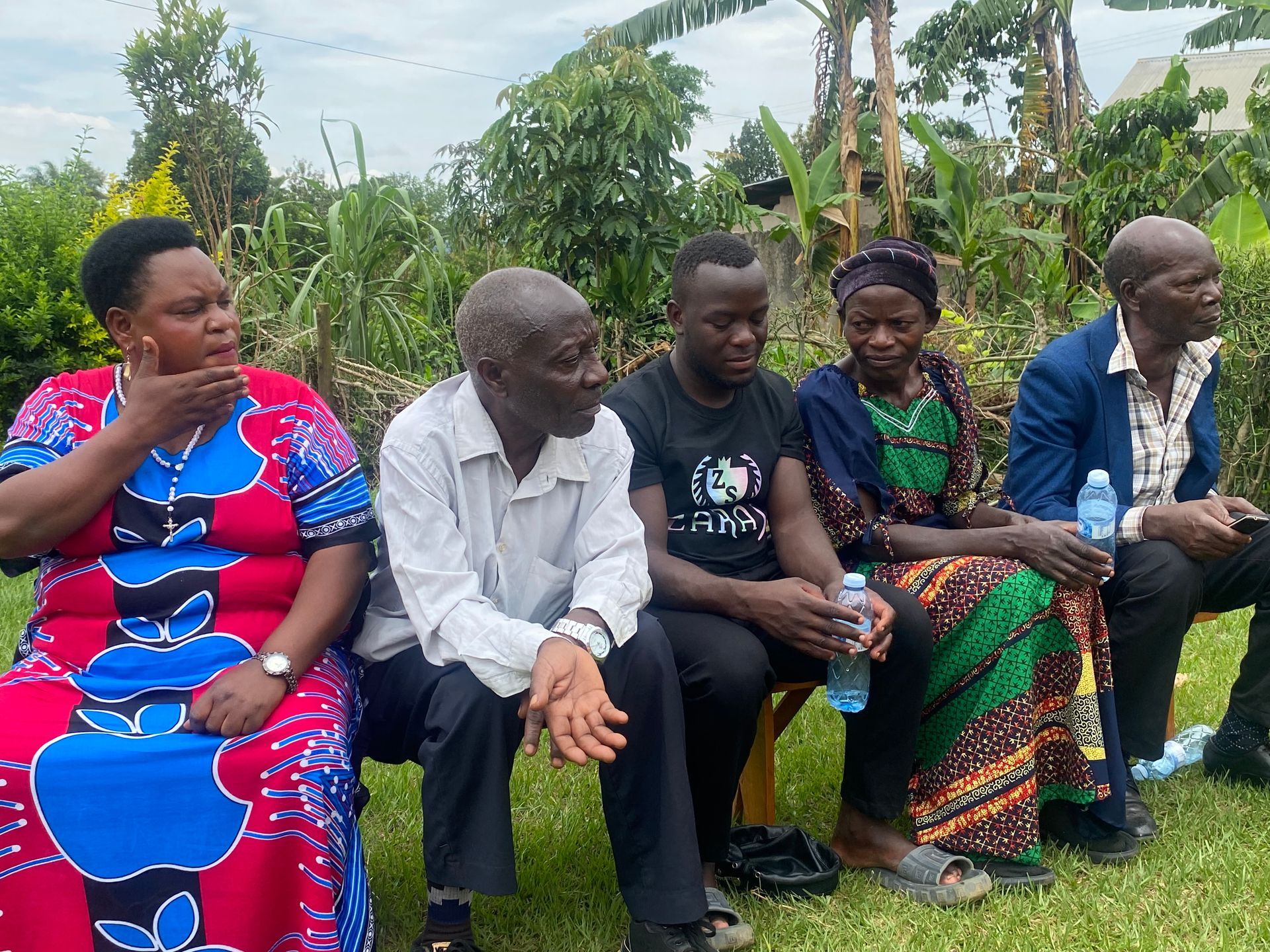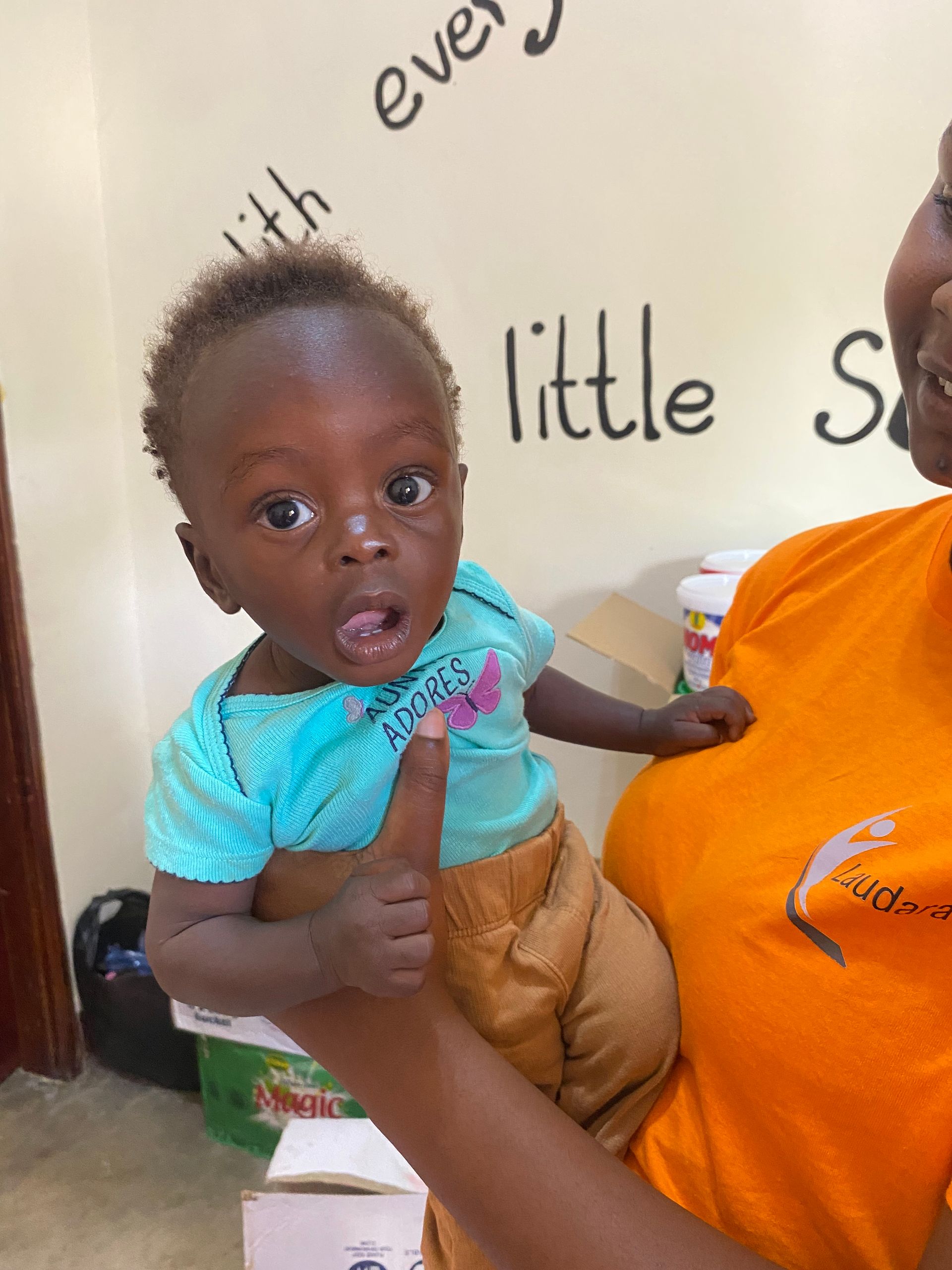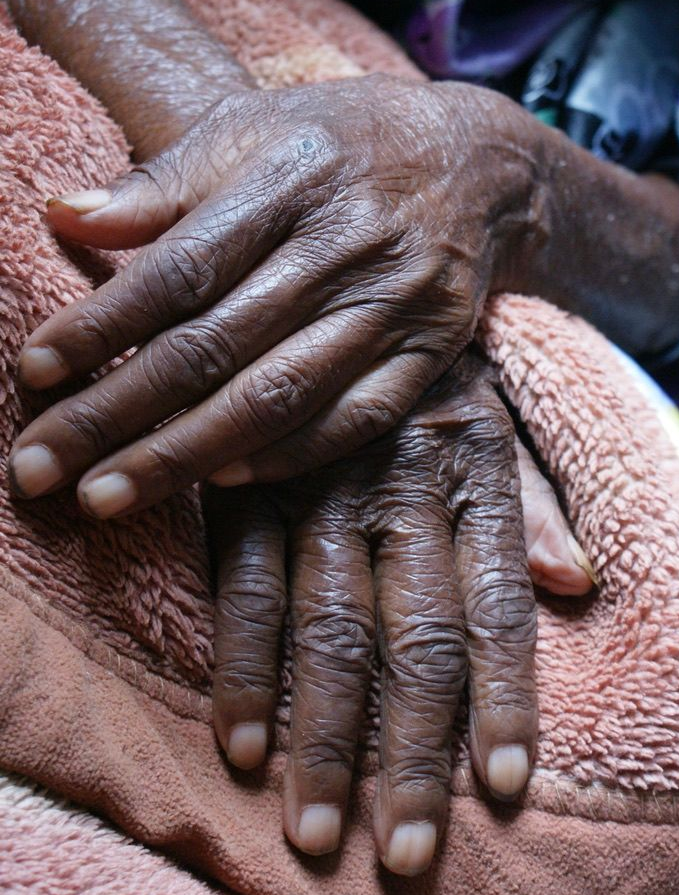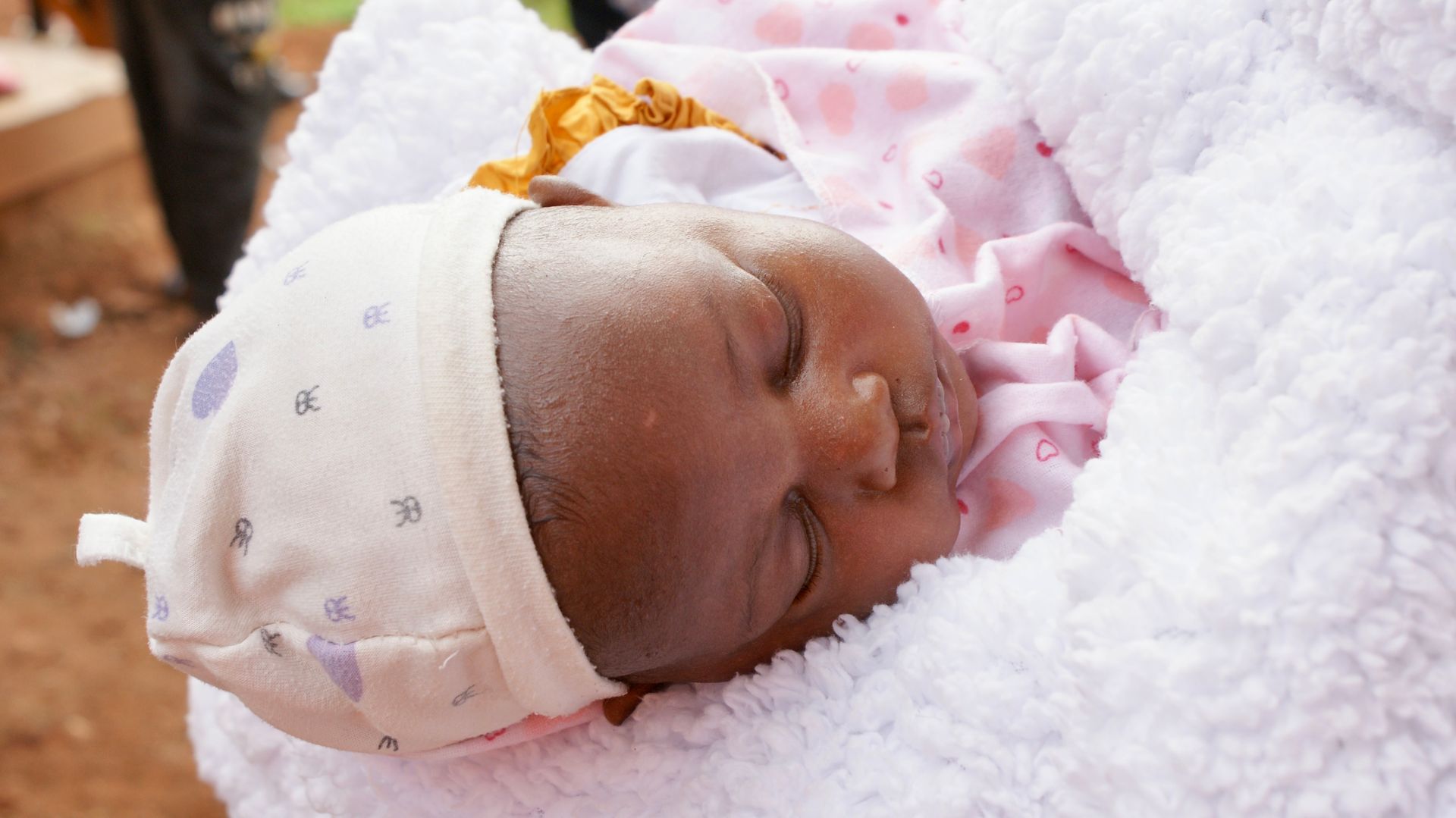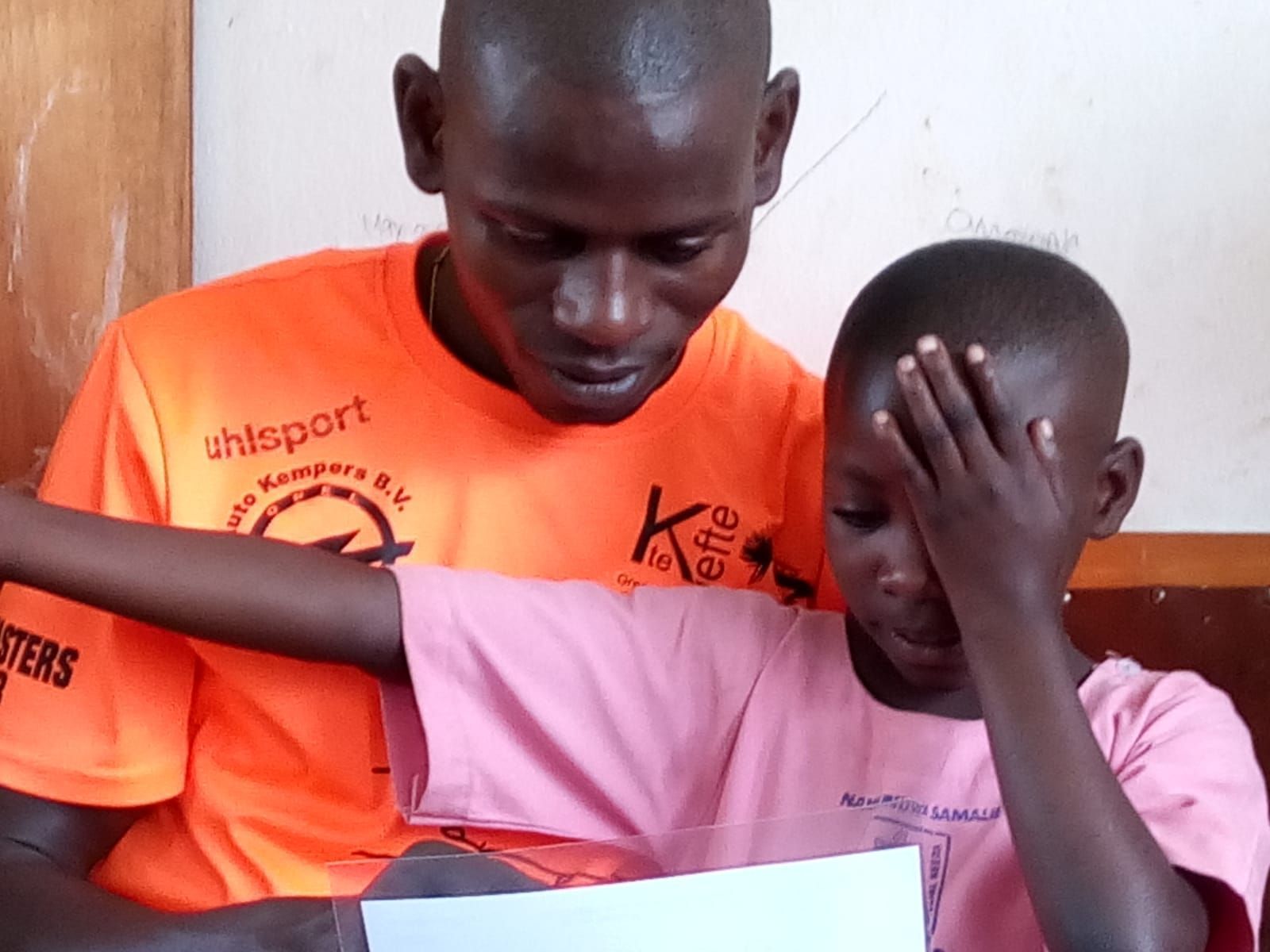Rural communities in Thailand
Breaking the cycle of poverty
Ban Huay Saeng is a small village located 30 km from Kalasin city, in upper northeast (Isan) region of Thailand.
Like many rural villages in Isan, Ban Huay Saeng's economy is primarily based on agriculture. The villagers' livelihoods depend on growing and selling sugar cane, cassava, and rice, crops whose market values fluctuate unpredictably from year to year. This economic uncertainty has led to a significant rural-urban migration pattern. Approximately 75% of the working-age population leaves their homes to seek employment in industrial areas such as Bangkok, or its surrounding provinces.
National issues
This migration to industrial areas has been going on for decades, creating persistent social and economic issues that the government struggles to address. The most visible impact is the separation of families: young children and elderly grandparents remain in the village to tend the farms, while parents work in factories far from home. This arrangement, coupled with limited financial support from absent parents and the generational gap between children and grandparents, has led to various social and developmental challenges for the children.
The cycle perpetuates itself as children grow up and become the next generation of migrant workers, trapping many families in a cycle of poverty and separation.
Compounding these issues is Thailand's declining birth rate, a result of a highly successful family planning campaign implemented by the government over the past 5-6 decades. The number of annual births has dropped dramatically from one million in 2012 to less than 500,000 in 2023. This demographic shift has had a profound impact on all sectors as well as the education system.
Schools
Initially, the Ministry of Education established over 35,000 schools to serve 70,000 villages nationwide (an average of one school for every two villages). While this system effectively met the national need at the time, the declining birth rate has led to the closure of many schools due to insufficient enrollment. Many remaining schools have fewer than 10 students across all grade levels, resulting in limited resource allocation for personnel, learning materials and programs such as school lunches. This situation has contributed to poor educational outcomes.
To address this, the government has attempted to merge small schools in close proximity to concentrate resources and provide dedicated teachers for each class. However, these efforts have not always been successful. It's not uncommon to find one or two teachers responsible for educating 8-15 students from pre-school to grade 6 in a single school.
In this context, providing quality education becomes crucial for breaking the cycle of poverty. However, when discussing "education" for children in these circumstances, it's important to note that a vast majority of students across all grade levels struggle with basic literacy. According to the latest survey by the Equality Educational Fund and the World Bank, the illiteracy rate in in Thailand is as high as 70%.
The ability to read and write is a critical foundation for success in school and beyond. Improving literacy rates is essential for giving these children a better chance at success in their education and ultimately, a better quality of life than their parents.
Literacy
Literacy is a fundamental skill that can significantly impact a child's future. By improving reading and writing abilities among children in rural areas like Ban Huay Saeng, we can equip them with the tools they need to:
1. Excel in their studies and pursue higher education opportunities
2. Access and comprehend information beyond their immediate environment
3. Develop critical thinking and problem-solving skills
4. Increase their employability and career prospects in future
5. Break free from the intergenerational cycle of poverty
By focusing on enhancing literacy, we can empower these children to create a better future for themselves and their communities. This, in turn, will contribute to the overall development of the region and the country, helping to bridge the urban-rural divide that has persisted for generations.
Share this post:




